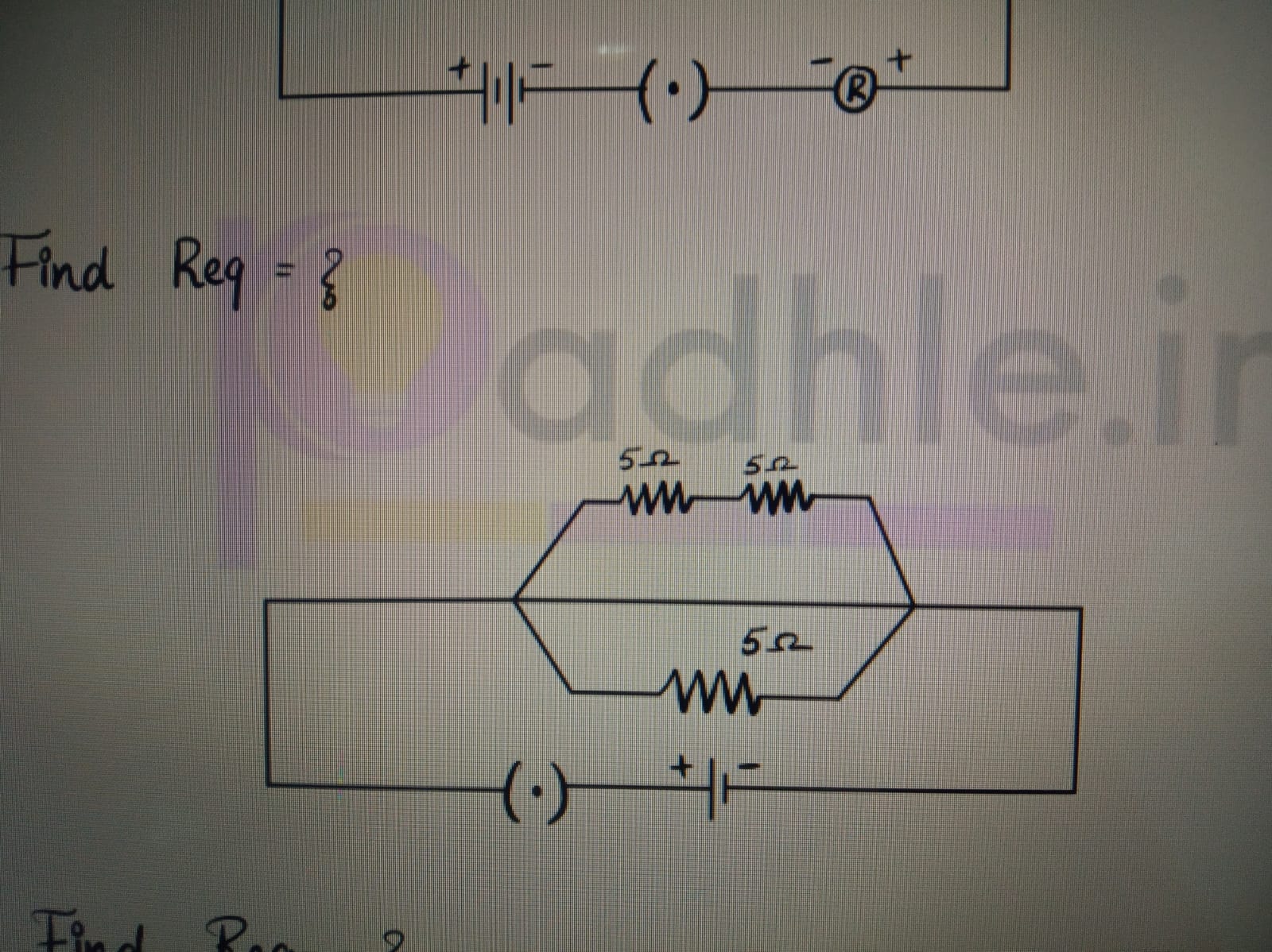CBSE Class 10 Answered
electricity
Asked by | 08 Dec, 2008, 12:06: PM
The resistance of a wire R = ρ l/A
where ρ - resistivity of the wire(its constant for a material)
l - Length of the wire
A - area of the crossection
Now A = πr2 where r - radius of the cross section. If d is the diameter then
r = d/2
Hence A = 1/4πd2
This implies R  1/A
1/A 
 1/d2
1/d2
i.e. if the diameter is doubled the resistance reduces to 1/4 of the original value.
Answered by | 08 Dec, 2008, 01:51: PM
Application Videos
Concept Videos
CBSE 10 - Physics
Asked by khajannirwan | 27 Feb, 2024, 10:20: PM
CBSE 10 - Physics
Asked by saanviyadla | 24 Jan, 2024, 07:06: PM
CBSE 10 - Physics
Asked by kamalaranjanmohantymohanty5 | 06 Jan, 2024, 10:05: AM
CBSE 10 - Physics
Asked by nandhikasugumar | 05 Oct, 2023, 04:01: PM
CBSE 10 - Physics
Asked by daniya062008 | 02 Oct, 2023, 08:25: PM
CBSE 10 - Physics
Asked by prassanna.j | 03 Sep, 2023, 12:28: PM
CBSE 10 - Physics
Asked by prassanna.j | 03 Sep, 2023, 12:21: PM
CBSE 10 - Physics
Asked by prassanna.j | 03 Sep, 2023, 12:13: PM
CBSE 10 - Physics
Asked by prassanna.j | 03 Sep, 2023, 12:11: PM













